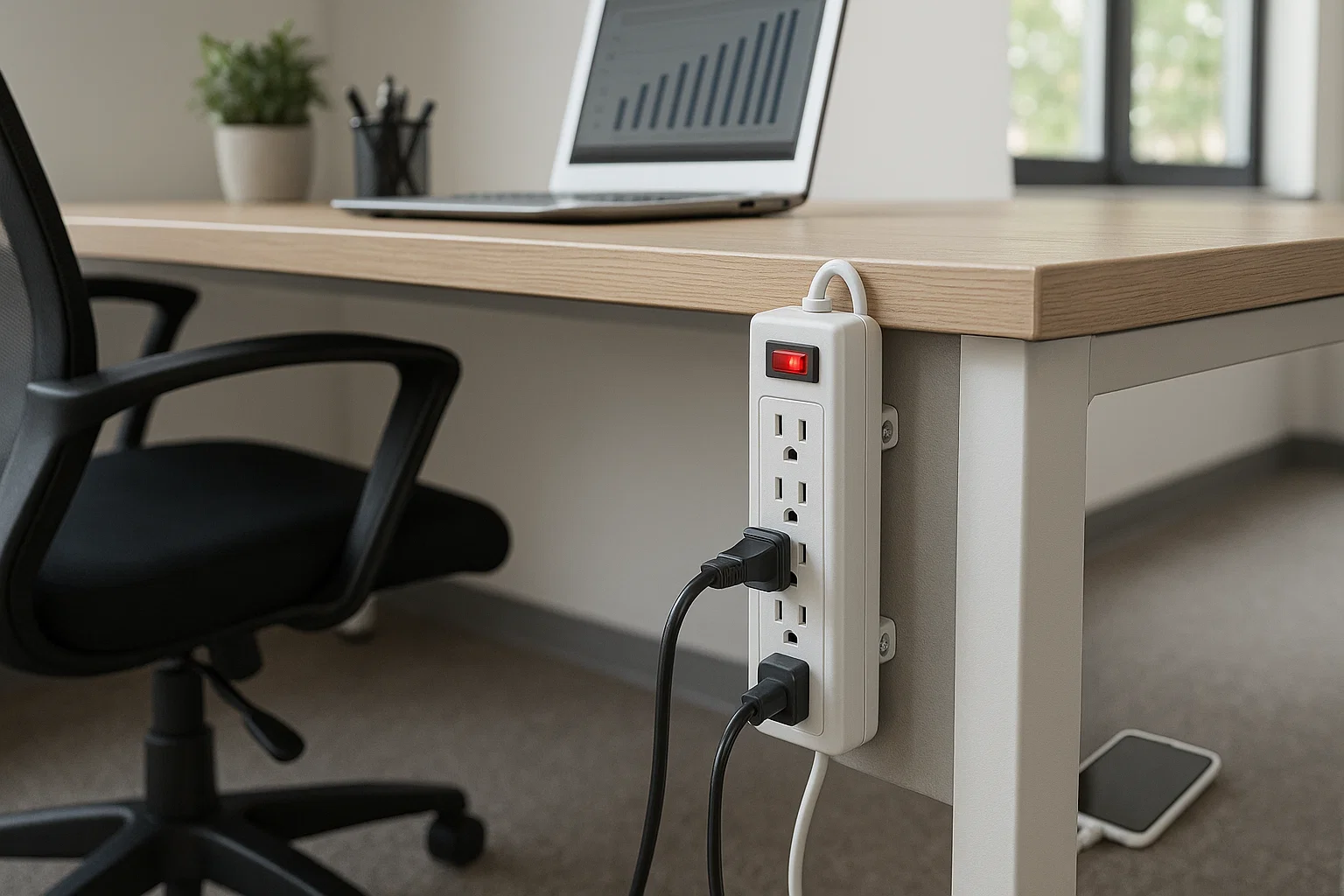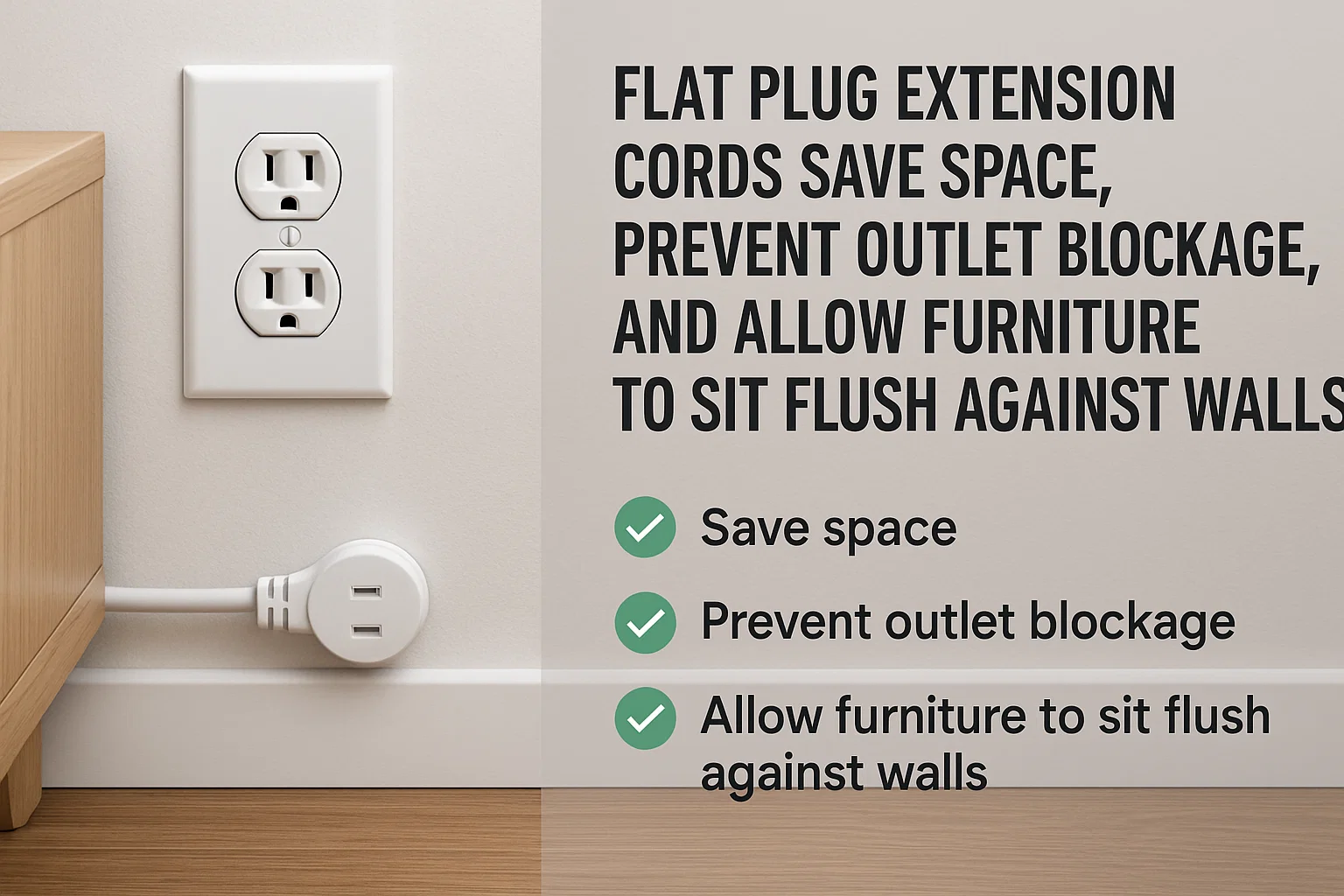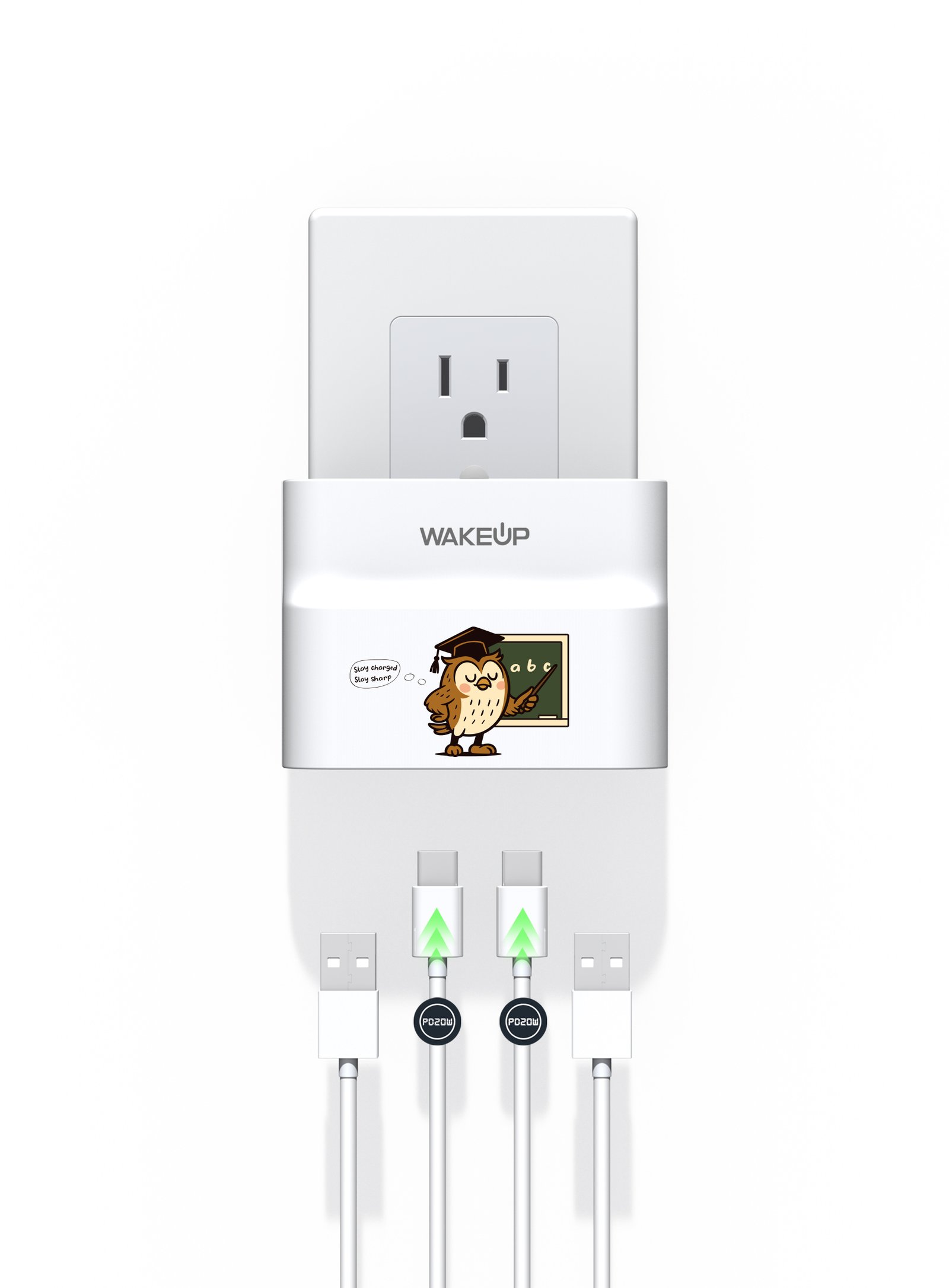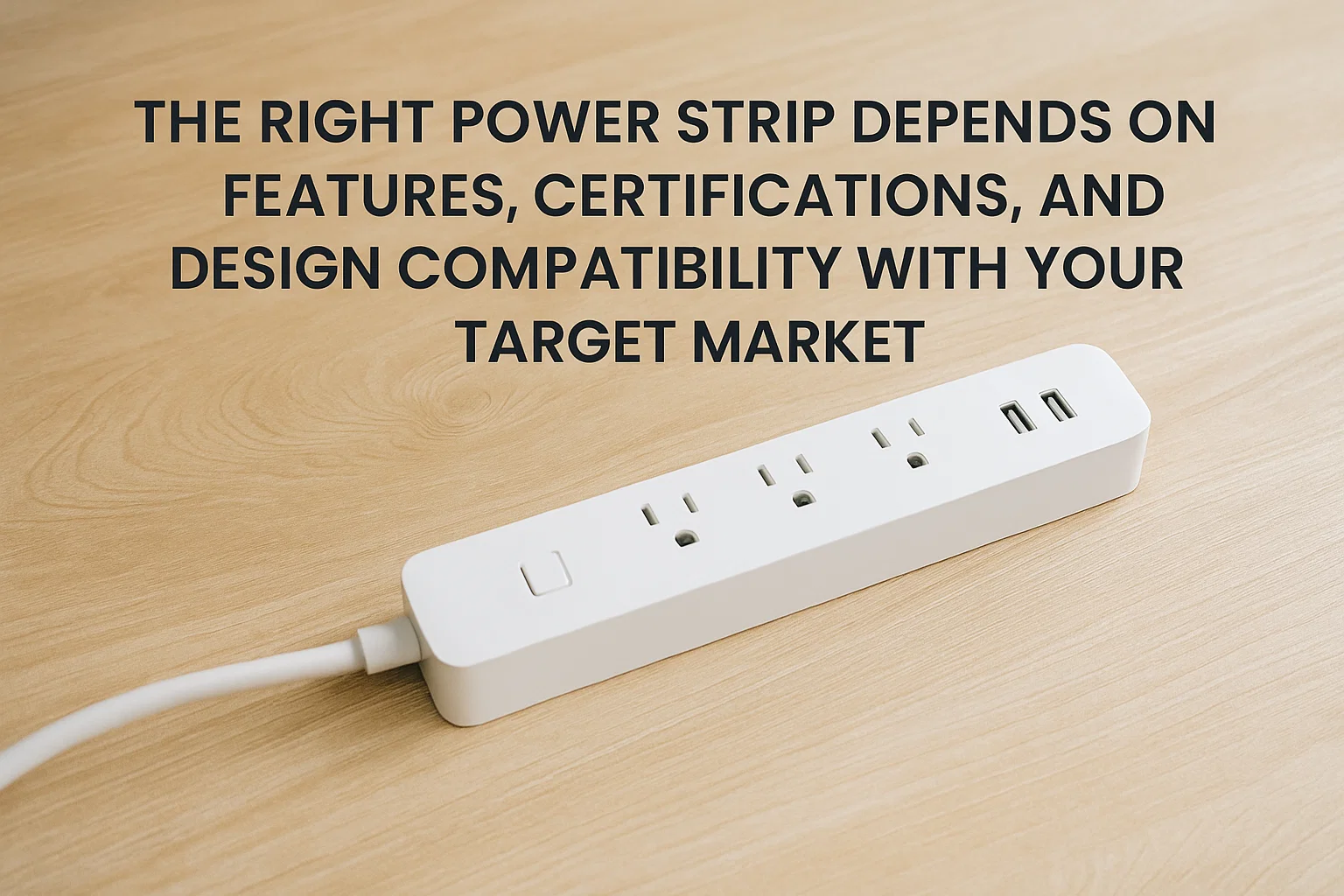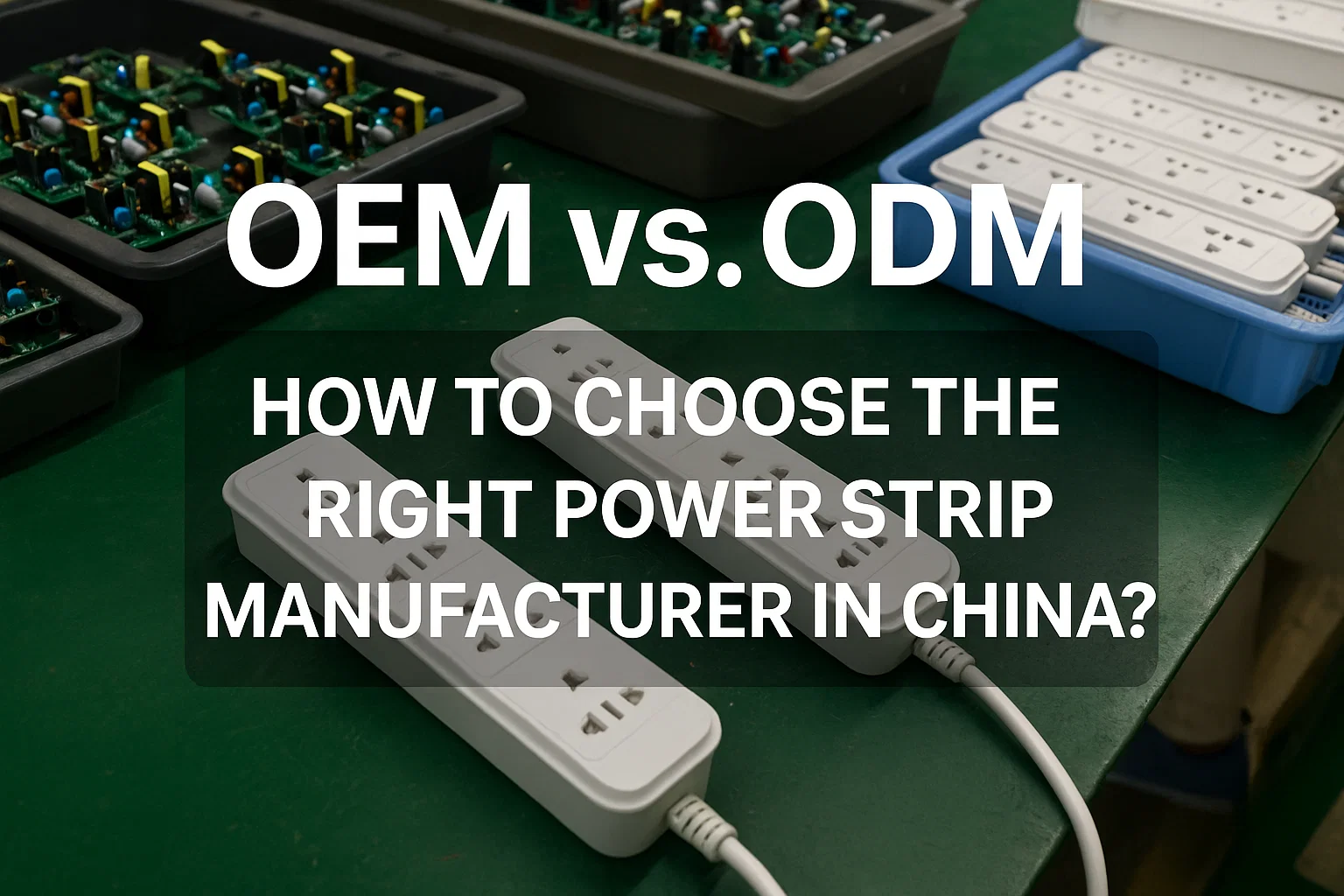
Problem: Many buyers struggle to decide between OEM and ODM manufacturing.
Agitation: Choosing the wrong model can cause delays, higher costs, and poor market fit.
Solution: Understanding OEM and ODM helps you make the right choice for your power strip sourcing.
OEM means manufacturing based on your design, while ODM means the manufacturer provides ready-made designs you can brand and sell.
Selecting the right model impacts costs, lead time, and competitive advantage. Let’s break down the details.
What does OEM mean in power strip manufacturing?
Problem: Buyers want full control over design but face high development costs.
Agitation: Without the right supplier, OEM projects can fail before launch.
Solution: OEM gives control but requires strong supplier capability.
OEM (Original Equipment Manufacturer) produces products based on your design and specifications, using the supplier’s production facilities.
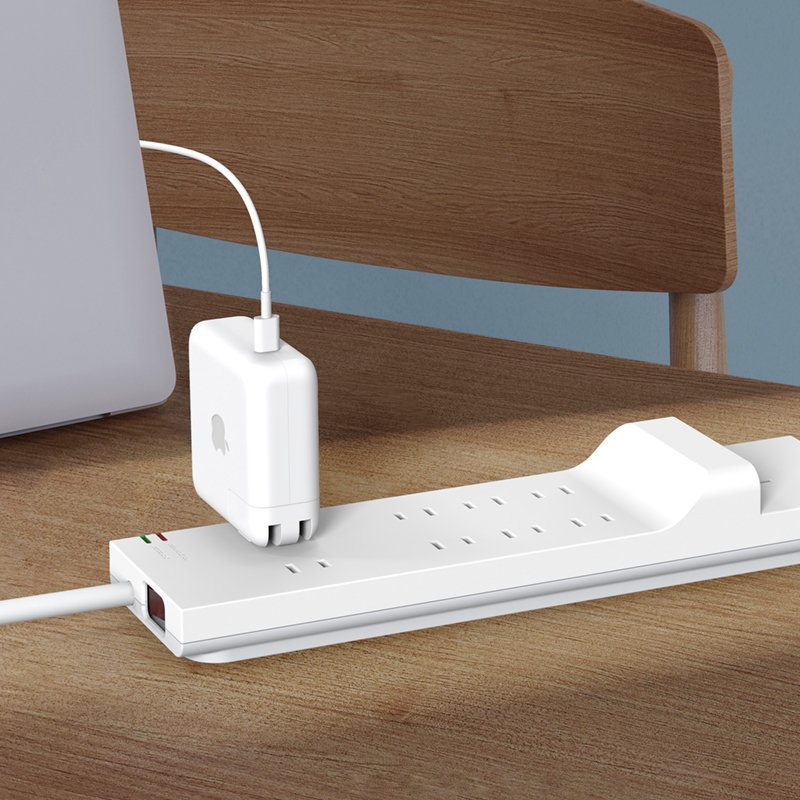
Dive Deeper: Understanding OEM for power strips
OEM works best if you have a complete product design and technical specifications. This includes casing materials, socket layouts, USB port configurations, cable length, and packaging. In my own experience, OEM customers often require strict ETL or cETL certifications, and we coordinate testing before mass production to avoid delays.
OEM workflow:
| Step | Description |
|---|---|
| 1 | Buyer provides product design and drawings |
| 2 | Manufacturer reviews feasibility |
| 3 | Tooling and sample production |
| 4 | Compliance testing and certification |
| 5 | Mass production and quality inspection |
OEM is ideal for brands wanting unique products and full market control. However, tooling fees can be high, and development may take 3–6 months. You must also manage technical details closely.
What does ODM mean in power strip manufacturing?
Problem: Some buyers need quick market entry with minimal investment.
Agitation: Creating a product from scratch may be too slow and costly.
Solution: ODM offers ready-made solutions for fast launches.
ODM (Original Design Manufacturer) offers products developed by the supplier, which you can brand and customize lightly.
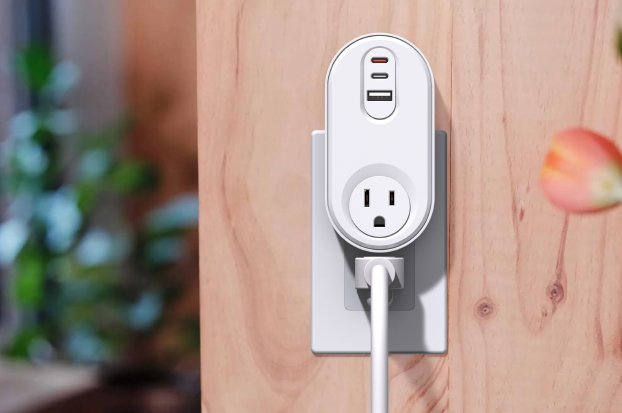
Dive Deeper: Understanding ODM for power strips
ODM lets you choose from the supplier’s existing catalog. You can change colors, logos, packaging, and sometimes small technical features. For example, one of my Canadian clients needed 5,000 surge protectors for a back-to-school promotion. Using an ODM model, we delivered within 45 days, including cETL certification.
ODM workflow:
| Step | Description |
|---|---|
| 1 | Supplier shares existing product designs |
| 2 | Buyer selects preferred model |
| 3 | Custom branding and packaging design |
| 4 | Certification verification |
| 5 | Mass production and delivery |
ODM is faster and cheaper than OEM, but you may face competition from others using the same model.
Which is better: OEM or ODM for your power strip business?
Problem: Many procurement officers are unsure which model suits their strategy.
Agitation: Choosing wrong affects pricing, speed, and brand value.
Solution: Compare based on your market, budget, and timeline.
OEM offers uniqueness and control; ODM offers speed and lower cost. The right choice depends on your goals.
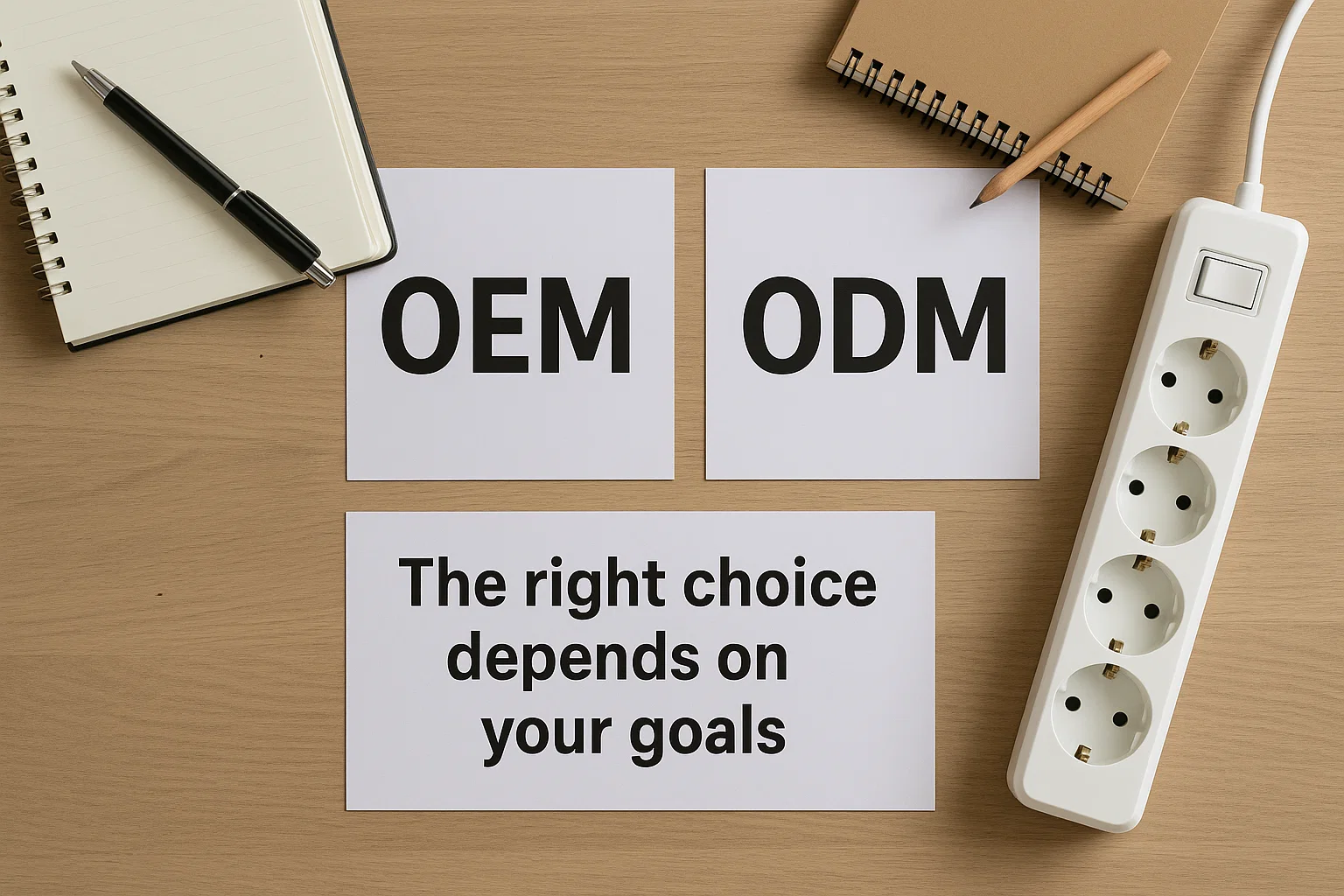
Dive Deeper: Key decision factors
From my 30 years of factory experience, I’ve seen that the decision often comes down to the buyer’s sales cycle. Retailers planning seasonal sales prefer ODM for speed. Private label brands aiming for long-term positioning prefer OEM.
Comparison table:
| Feature | OEM | ODM |
|---|---|---|
| Development time | 3–6 months | 1–2 months |
| Cost | Higher (tooling + R&D) | Lower (existing design) |
| Product control | Full customization | Limited customization |
| Certification | May need new testing | Often pre-certified |
| Market speed | Slower | Faster |
If your target customer demands innovation and exclusivity, OEM is worth the investment. If you need to test the market quickly, ODM is the safer choice.
How do OEM and ODM affect certification for power strips?
Problem: Certification timelines can disrupt launch schedules.
Agitation: Many buyers forget to factor in certification into lead time.
Solution: Plan certification alongside production from the start.
OEM often requires new testing; ODM products may already have ETL/cETL, saving time and cost.
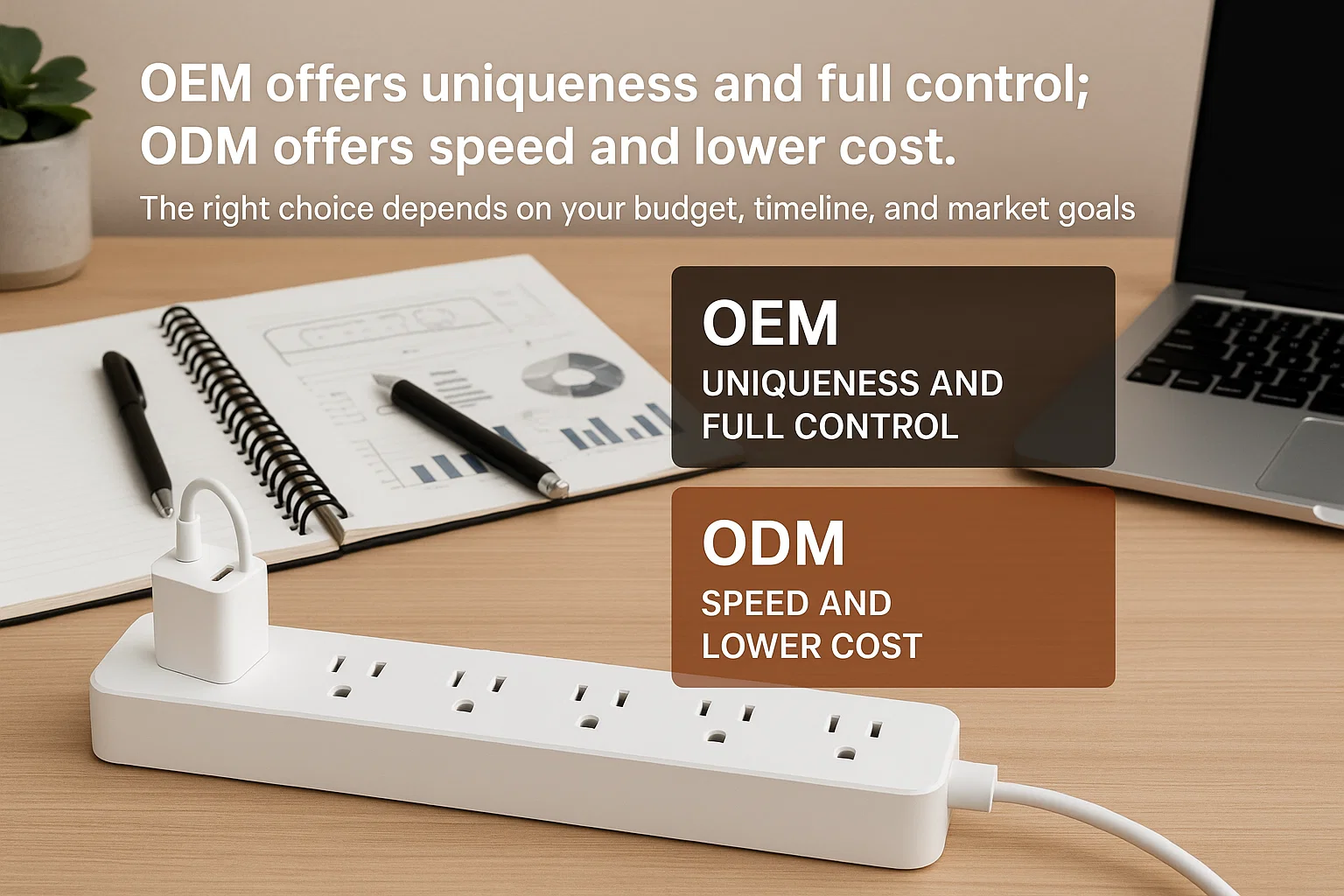
Dive Deeper: Certification considerations
Certifications like ETL and cETL are mandatory for North America. In OEM, even small design changes can trigger full re-testing. In ODM, you can use the supplier’s existing certification files if the product remains unchanged.
Certification impact table:
| Model | Certification Time | Extra Costs |
|---|---|---|
| OEM | 4–8 weeks | Lab testing + factory inspection |
| ODM | 0–2 weeks | Minimal or no extra cost |
One of my U.S. clients chose ODM because the product already had ETL and cETL marks. We shipped in under 50 days, missing none of his sales windows.
Conclusion
OEM offers uniqueness and full control; ODM offers speed and lower cost. The right choice depends on your budget, timeline, and market goals.



